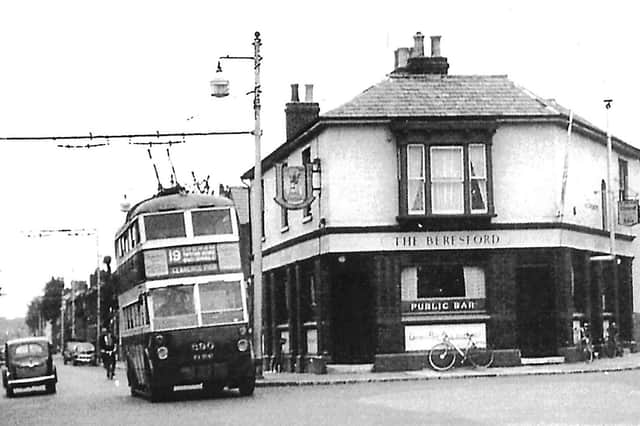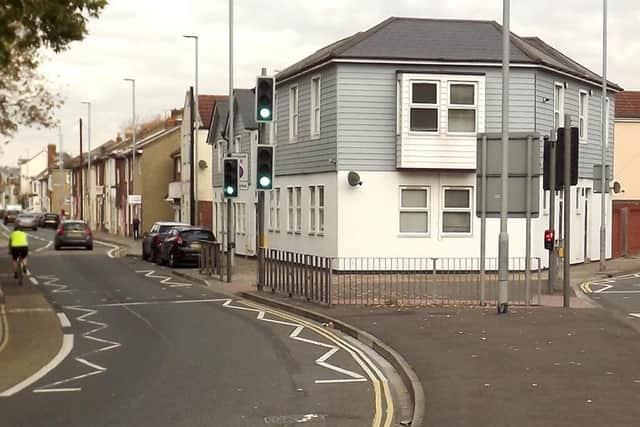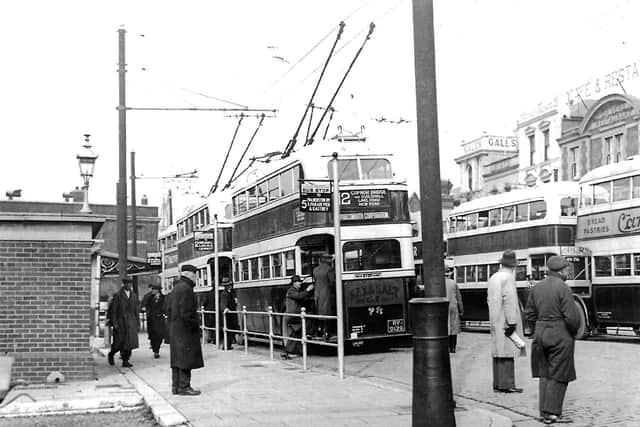Gone: Another landmark Portsmouth pub converted into homes '“Â Nostalgia


In the V between the two roads is The Beresford which started life as the Dairyman's Arms in late Victorian times continuing to trade until the 21st century. Thanks to Portsmouth Lost Pubs website.
Once part of Portsmouth United Breweries' estate it was little altered down the decades. In October 2010 city planners gave permission for the pub to be converted to four homes with another to be built to the rear. It now has cladding hiding the original decorative tiles beneath.
Advertisement
Hide AdAdvertisement
Hide AdToday Twyford Avenue is one-way heading north with Stamshaw Road one-way heading south.


As with all these then-and-now photographs the '˜now' scene is full of what I call '˜street furniture', traffic lights, signposts and street markings all over the place which I think spoil the shot. It was so much neater before all these features were added.
 A cyclist with a hi-viz vest can be seen on the left, something unheard of when the former photograph was taken.
The third picture is another from the Barry Cox Collection, a marvellous pre-war photograph, circa 1937, at The Hard, Portsea. At this point there were once three separate lines for trams but in this photo trolley and petrol buses have taken their place.
Advertisement
Hide AdAdvertisement
Hide AdWe know roughly the date because in 1938 trolleybuses were renumbered placing a 2 in front of the number, so number 78 became 278.


These open-ended bus were always handy for hopping off as it slowed to round a corner nearer the passenger's requirement.
They could also be caught as they departed if you were running late. At out muster from the dockyard, hundreds of workers would be seen running to get a seat on their homeward-bound bus.Â
On the left is a shelter with decorative scrollwork roof support above it is a decorative lamp.
Advertisement
Hide AdAdvertisement
Hide AdIn the foreground is part of Portsmouth history which has all but disappeared, old ships' cannon used as bollards. They used to be seen everywhere in the Portsea area and they were lovely to touch.
When I was a kid I used to wonder which battle they might have seen action in.Â